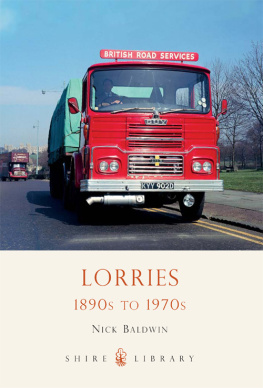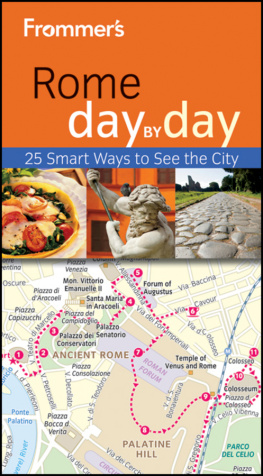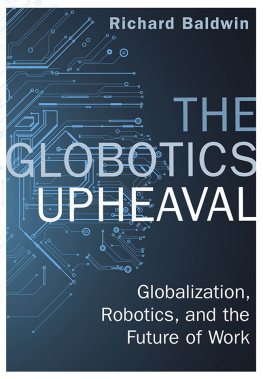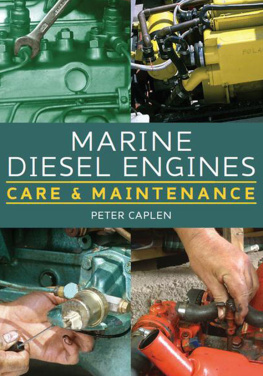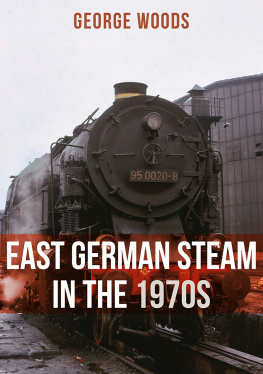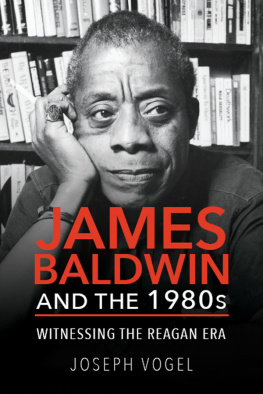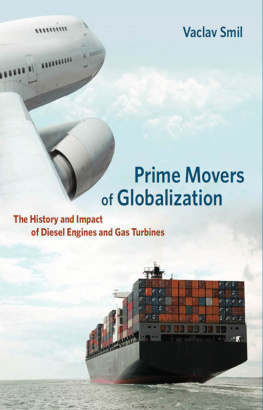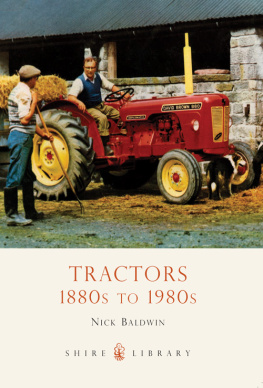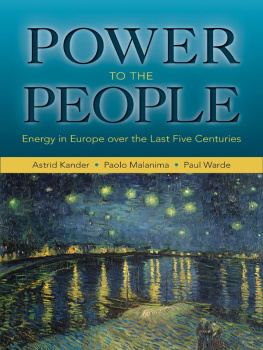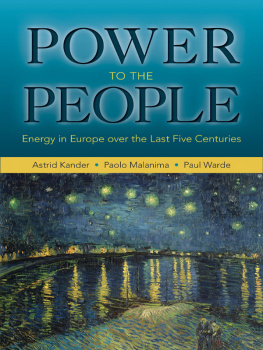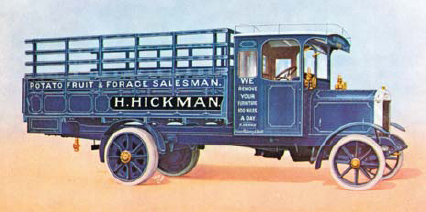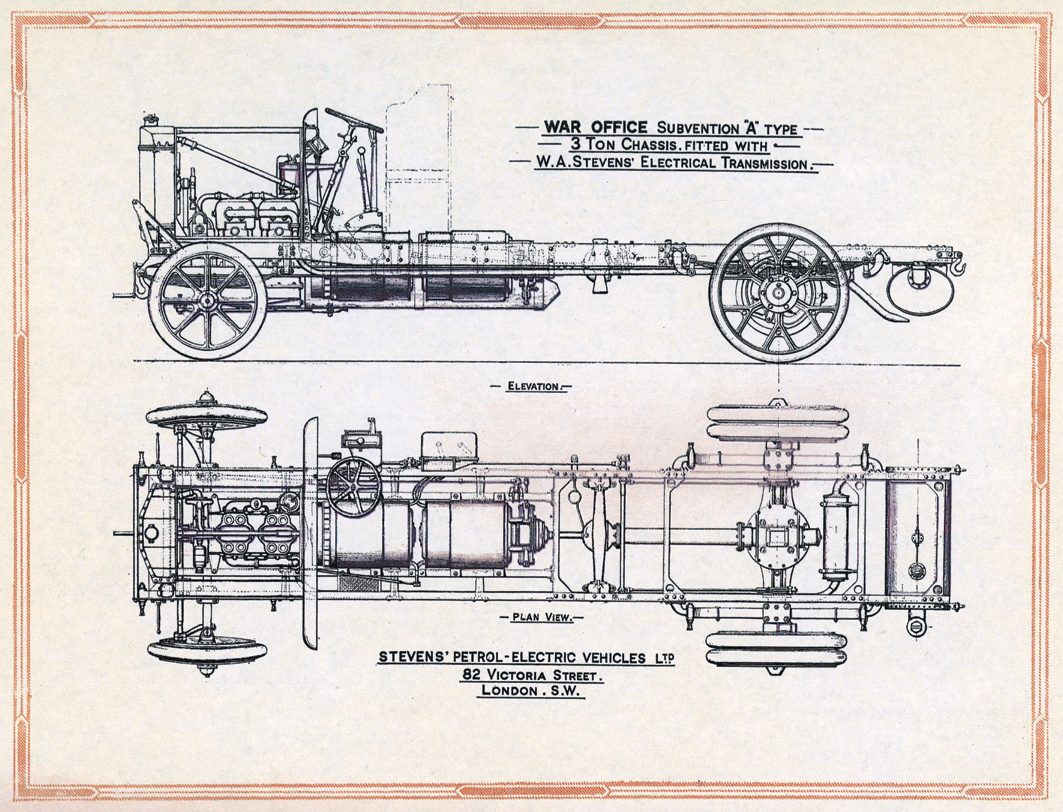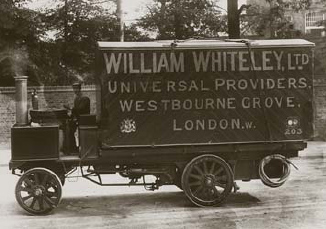LORRIES
1890 S TO 1970 S
Nick Baldwin
SHIRE PUBLICATIONS
CONTENTS
STEAM, ELECTRICITY OR PETROL?
U NTIL 1896 the horse remained unchallenged for all Britains road transport needs. Steam railways handled the long-distance transport of goods, but steam had made few inroads on the highway. Traction engines and trailers had been used for the big castings and fabrications of Victorian industry but from 1865 they had been severely restricted for example, they were permitted to travel at only 4 mph, or half that in built-up areas.
In 1896 the rules were relaxed, providing that unladen weight was less than 3 tons, or 4 tons with trailer. Then 14 mph was permissible, though the law instructed that vehicles should be so constructed that no smoke or visible vapour be emitted except from any temporary or accidental cause.
By then marine engineers Thornycroft had built steam lurries (as early lorries were called) to carry rather than pull loads, but weight and vapour were problematical. In 1898, some twenty years before the use of semitrailers became widespread, they built an articulated steam lorry.
Meanwhile the recently invented internal combustion engine had been applied to automobiles on the Continent, and in 1893 to the first load-carrier, a waggonette from Panhard & Levassor. This was followed by a van from Benz in 1894, and heavier lorries from Daimler two years later. From 1897 the Daimler licensee in Coventry built its own commercial vehicles and other British pioneers soon joined them.
For local deliveries, battery-electric vehicles proved to be the simplest to operate and the easiest on which to train drivers, and ways began to be found to expand the range by creating hybrids. These had internal combustion engines powering dynamos feeding traction motors. Several firms tried these ideas but the only notable commercial success was enjoyed by W. A. Stevens from 1908, initially based on Hallford lorries. Hallford petrol-driven lorries were new in 1907 from an old-established engineering firm and were based on Swiss Saurer designs. Production lasted to 1925 but from 1911 Stevens built his own vehicles and gained backing from transport operator Thomas Tilling hence the name Tilling-Stevens for the vehicles.
W. A. Stevens was involved with petrol-electric vehicles at Hallford from 1908, and later at Tilling-Stevens and Dennis. Tilling-Stevens also made battery-electrics sporadically between 1914 and 1950. This 1910s Dennis has the generator ahead of the traction motor.
Trials took place to explore the relative merits of particular types and makes of vehicle, the most important early example being the Lancashire Heavy Motor Vehicle Trials organised by the Liverpool Self-Propelled Traffic Association in 1898, 1899 and 1901. They were dominated by steam and were followed in 1901 by War Office trials at Aldershot, where steam won the three premier awards. Numerous other events followed, culminating in the 1907 RAC trials, where steam was found to be the best for loads of over 3 tons, and petrol internal combustion for lower weights. The heavy vehicles were limited to 5 mph on steel tyres and 8 mph on solid rubber, but vehicles under 3 tons unladen on rubber tyres could travel at 12 mph, which gave some incentive for operators to buy these more efficient and less road-damaging vehicles.
Although internal combustion vehicles are loosely referred to as petrol-driven, many of them could be switched to run on the cheaper paraffin once warm. Likewise, while most steam vehicles ran on coal or coke, some like the Lifu at the Lancashire Trials relied on liquid fuel (hence the name).
All types of vehicle tended to have final drive by chains, though exceptions included the German Daimler, sold in Britain by tramcar maker G. F. Milnes under the name Milnes-Daimler, which had shaft drive with internal ring gearing in the wheels. Shaft and worm drive proved to be a mechanically efficient and quiet way to transmit power and was adopted gradually by much of the industry following the lead of Dennis in 1904. Internal combustion engines had two or four cylinders cast individually or in pairs, and the three or four gears had difficult-to-engage sliding mesh, though a few, such as Commer Cars, had constant mesh with dog-clutch engagement. By then Thornycroft had all but abandoned steam, and Leyland (which began as the Lancashire Steam Motor Company) put most emphasis on internal combustion while keeping a steam department operating on a small scale into the 1920s.
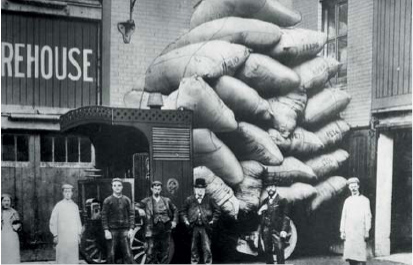
A Leyland laden with bags of wool stands outside Fox Bros cloth mill, much of which still stands, in Wellington, Somerset, in the late 1890s.
Heavy vehicle trials, such as these in France in 1906, created enormous interest and favourable publicity for the new lorries.
A railway container carried by a Thornycroft steam wagon, with minimal protection for the driver.
Fodens steam dominance was challenged by newcomer Sentinel in 1906 and there were numerous other steam-vehicle makers, often originating from Victorian agricultural engineers such as Burrell, Fowler, Clayton & Shuttleworth, Garrett and Robey.
New requirements for registration and licensing, which introduced number plates, showed that there were four thousand goods vehicles in use in Britain in 1904 and this figure had reached forty thousand in 1911, of which perhaps a quarter were steam-powered.
The earlier military trials had helped the War Office arrive at a specification for a petrol-engined 3-tonner ideal for its requirements. It offered a subsidy to civilian operators to buy vehicles that in the event of call-up would be bought at an agreed price. Only about a hundred vehicles were registered under this scheme in 1911 but, as more were added, it at least increased the availability of well-designed vehicles with standardised layout of driving controls.
In general, the only firms able to afford the pre-war vehicles had been wealthy brewers, colliers, laundries, weavers and spinners, engineers and manufacturers, while the traditional cartage contractors (with the notable exception of Pickfords) continued to make do with horses or traction engines.
Brewers helped to account for the success of Dennis in Guildford, Commer in Luton and Thornycroft in Basingstoke, all areas that were outside the traditional North of England heavy-manufacturing centres. The Ryknield lorry from Burton-upon-Trent was sponsored by members of the Bass brewing family.

